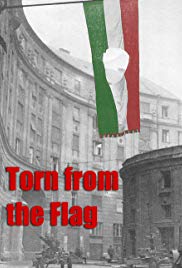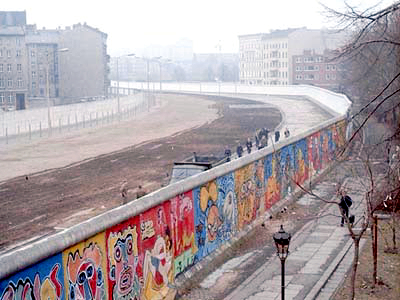Four Hungarian Cold War Jokes:
One of the ways that people deal with oppression is with jokes that are funny because they contain a nugget of truth. After the film has been shown, the following jokes may help students understand the situation in Hungary under Soviet domination.
#1. It is Budapest in late 1956. The Hungarian uprising has been crushed by Russian tanks and the city is in ruins. On the battered buildings, government posters proclaim thanks to the Russians for the friendly assistance given to Hungary by the Soviet Union.
Two men meet on the street. One says to the other, “You know come to think of it, we Hungarians are very lucky people.”
“What?” says the other. “You don’t mean you’ve become a communist?”
“Oh no, but just think. The Russians came here as friends. Imagine what they’d have done had they came here as enemies!”
#2. Q: A Hungarian soldier was confronted by a charging German soldier and a charging Russian soldier. Which did he shoot first, and why?
A: He shot the German first–business before pleasure.
#3. At School Number One in Budapest, Comrade teacher announces the day’s lesson will be in Marxist criticism and self-criticism.
Teacher: Istvan, please stand up and tell us what Marxist criticism and self-criticism means.
Student: Comrade teacher, Marxist criticism is how we must view my parents, who joined the reactionary counter-revolutionary forces who sought to destroy our heroic workers’ and peasants’ state, and then fled to the imperialist, capitalist west, to continue their intrigues against the Socialist regime.
Teacher: Excellent, Istvan. And what is your Marxist self-criticism?
Student: I didn’t go with them.
#4: May Day was the big Communist holiday. In Budapest, as the Hungarian armed forces parade past the Communist leaders, there is an impressive array of tanks, missiles, armored cars, and soldiers marching in their best uniforms.
The Communist leaders stand impassively as the soldiers and their vehicles pass by. Then, right at the end, comes a battered old open truck, sputtering exhaust as it carries three fat middle-aged men in badly fitting grey suits. An apparatchik turns to the defense minister and asks,
“Who are they?”
“That’s our secret weapon,” says the minister. “Economists from the Ministry of Planning.”




